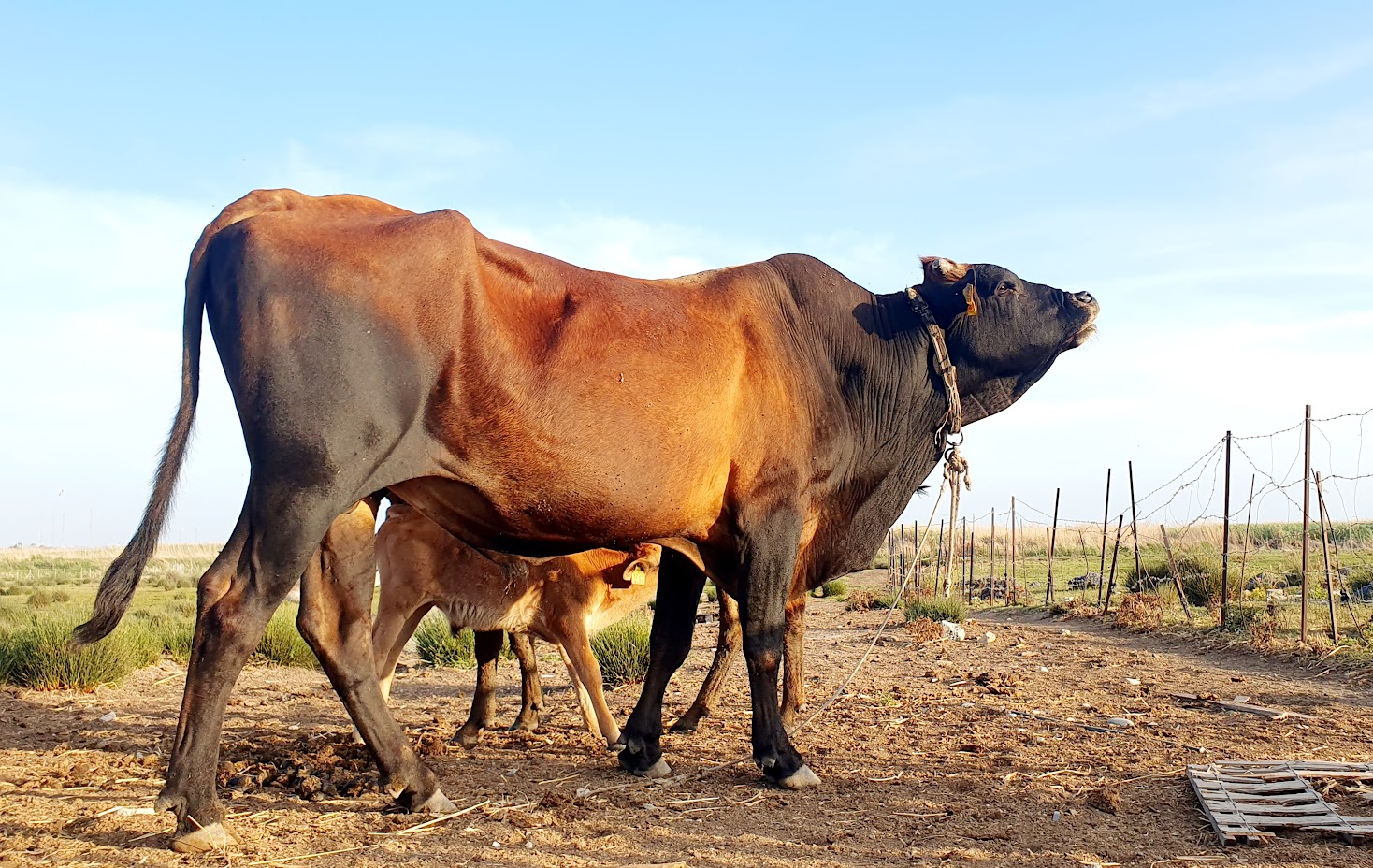Empanadas, the savoury pastries filled with a variety of ingredients, encapsulate a journey that spans continents, cultures and centuries. These delightful pockets of flavour, with their flaky crust and rich fillings, have become a symbol of culinary fusion and tradition in many parts of the world, particularly Latin America and Spain.
The story of empanadas begins in the Iberian Peninsula, where they were conceived as portable and convenient meals for travellers and workers. The name empanada is derived from the Spanish verb empanar, meaning to wrap or coat in bread. This practice of encasing meats and other fillings in dough dates back to mediaeval times.
As Spanish and Portuguese explorers set sail across the oceans, they carried with them their culinary traditions, introducing empanadas to the New World. In Latin America, empanadas found a new home, adapting to the local ingredients and tastes, and becoming an integral part of the region’s cuisine. From the corn-based empanadas of Mexico to the wheat-flour versions found in Argentina and Chile, each country embraced the empanada, making it their own with unique fillings ranging from beef, chicken, and pork to sweet corn, cheese, and even sweet variations filled with fruit or dulce de leche.
In Argentina and Uruguay, empanadas are a staple of celebrations and family gatherings, often featuring a spiced ground beef filling with olives and eggs. In Chile, empanadas de pino, filled with a mixture of minced meat, onions, raisins and hard-boiled eggs, are a national treasure. Meanwhile, in Colombia and Venezuela, empanadas are made with a cornmeal dough and stuffed with a blend of meats, potatoes and seasonings, highlighting the indigenous influence on the dish.
The global journey of empanadas has not been limited to the Americas. In the Philippines, empanadas reflect the country’s Spanish colonial history, featuring fillings like chicken or pork with vegetables, encased in a slightly sweet dough.
Today, empanadas are celebrated worldwide, not only for their delicious taste but also as a culinary expression of history and migration. They represent the blending of traditions and the sharing of cultures, a delicious reminder of our interconnected world.
Empanadas continue to evolve, with chefs and home cooks alike experimenting with fillings and doughs, introducing new flavours while respecting the dish’s rich heritage. From street food stalls to gourmet restaurants, empanadas have secured their place in the global culinary landscape, a testament to their enduring appeal and the universal language of good food.







Click here to change your cookie preferences